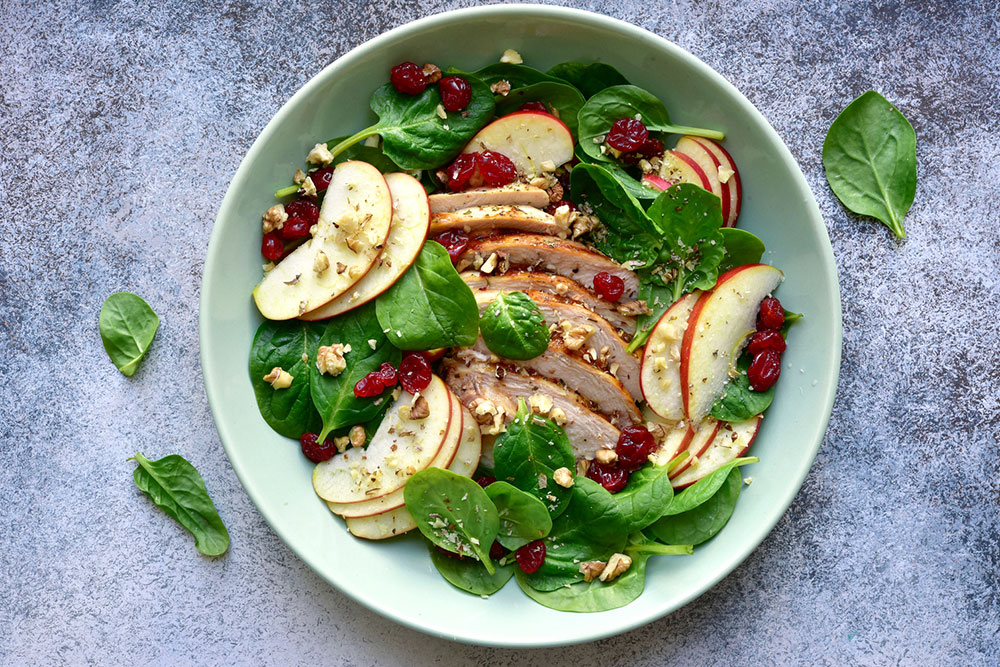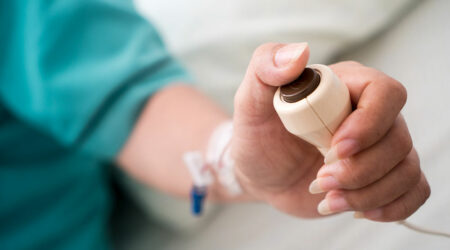
Foods to eat and avoid for improving platelet count
Maintaining healthy platelet levels is crucial for a strong immune system and proper blood clotting. When dealing with low platelet count, it is important to turn to nature’s bounty for support. Adding specific nutrient-dense foods to one’s meal plan provides the body with the essential building blocks required. These foods are rich in certain vital nutrients and antioxidants, which can naturally stimulate platelet production. Below mentioned are some of the best foods to increase platelet count.
Foods to eat for increasing platelet count
Exploring the various types of foods for increasing platelet count can shed light on how nature’s offerings can play a pivotal role in managing platelet levels.
Leafy greens
Leafy greens like spinach, kale, and collard greens are rich in essential nutrients like vitamin K, which is necessary for blood clotting. These powerhouse vegetables also provide vital antioxidants that protect platelets from damage.
Pomegranates
Pomegranates are packed with polyphenols and antioxidants, which have been shown to support healthy platelet function. Including pomegranate seeds or juice in one’s meal plan can contribute to a steady increase in platelet count.
Lean proteins
Incorporating lean protein sources like poultry, fish, and tofu ensures a steady supply of amino acids, which are crucial for platelet production. These proteins also contain iron, another essential nutrient for maintaining optimal platelet levels.
Papaya
Papaya contains an enzyme called papain, which supports a healthy platelet count. It is also rich in vitamin C, which aids in iron absorption, an important mineral for platelet production.
Seeds and nuts
Flaxseeds, chia seeds, and almonds are packed with omega-3 fatty acids, which help regulate platelet function. Additionally, they provide a wealth of nutrients like magnesium and calcium, contributing to overall platelet health.
Citrus fruits
Citrus fruits like oranges, lemons, and grapefruits are renowned for their high vitamin C content. This vitamin is vital for collagen production, a key component in blood vessels and platelet formation.
Kiwi
Kiwi is an excellent source of vitamin C and is highly recommended for low platelet meal plans as it promotes normal platelet functions like gathering together (aggregating) and sticking (adhesion).
Turmeric
Turmeric contains curcumin, a potent anti-inflammatory compound known to enhance platelet function. Its antioxidant properties safeguard platelets from oxidative stress, promoting their optimal performance in the bloodstream.
Nutritional yeast
Nutritional yeast is rich in vitamin B12, with the highest content per serving. It plays a crucial role in platelet production, and its deficiency can lead to low platelet levels. To maintain healthy platelet levels, it’s important to increase the intake of vitamin B12-rich foods such as nutritional yeast, clams, tuna, and salmon.
Dark chocolate
Dark chocolate, in moderation, offers a rich source of flavonoids. These compounds assist in preventing platelet clumping, promoting smoother blood flow. One can opt for varieties with higher cocoa content for maximum benefits.
List of foods to avoid
Processed sugar and sweets
Excessive sugar consumption can lead to inflammation, negatively affecting platelet function.
High-sodium foods
Too much sodium can disrupt the delicate balance of blood components, including platelets.
Trans fats
Commonly found in processed and fried foods, trans fats can impede healthy blood flow and platelet function.
Therefore, it is crucial to avoid these low platelet foods in order to manage and improve platelet count.
Tips for eating healthy
Balancing platelet-boosting foods is simple. Try a morning smoothie with spinach, beets, and a splash of pomegranate juice.
For lunch, enjoy a salad with green vegetables, citrus fruits, and flaxseeds. Remember, these foods are most effective as part of a balanced meal plan.
Consult a healthcare professional for personalized advice.
Nature offers a wealth of nutrient-rich options to support one’s platelet count. Incorporating these essential foods into one’s daily meal plan can make a notable difference in maintaining healthy platelet levels.




